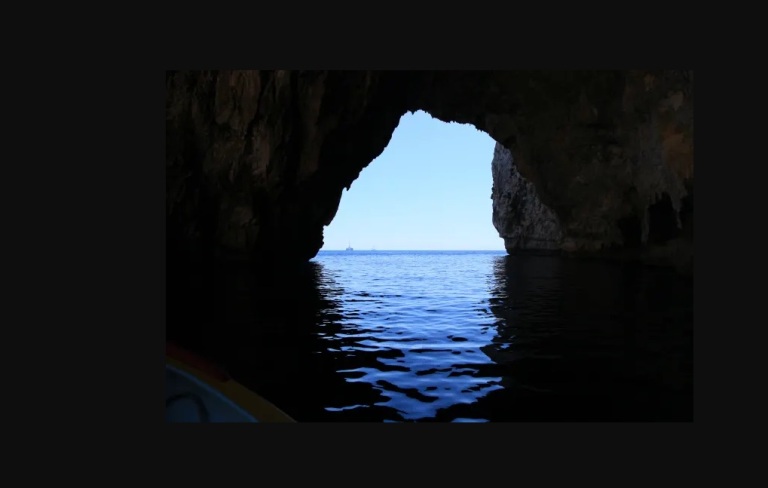
Five most incredible caves in the world
Life Desk
Published:17 Jun 2021, 12:06 PM

Five most incredible caves in the world
The Blue Grotto in Capri, Italy
The Blue Grotto is the emblem of Capri. It is a sea cave found on the coast of the island and is a well-known spot to all who visit the area. This cave is unique for its brilliant blue glow which comes from two sources: the entrance to the cave (a small opening where only one rowboat can enter at a time) and a bigger hole beneath the entrance. When viewed from inside the cave, the entrance appears as a brilliant white light just above the waterline, while the underwater hole, which is the larger source of light, provides a blue glow.
Cave of the Crystals in Chihuahua, Mexico
Miners first discovered the Cave of Swords, located directly above the Cave of the Crystals, in 1910. The crystals there are much smaller than in the Cave of the Crystals (a mere 1-2 meters versus a whopping 12 metres!), and the temperature is cool, which may be why the crystals stopped growing.
The Cave of the Crystals, on the other hand, was discovered in 2000 and contains the largest natural selenite crystals ever found. The biggest crystal found here was 12 meters in length and 4 meters in diameter! As opposed to the Cave of Swords, the average temperature here is 50-58 degrees Celsius with 90-99% humidity. Because of this extremely hot temperature, this cave is relatively unexplored. Even scientists and researchers with the proper protective gear can only stay in the cave for 30-45 minutes at a time.
So how were these incredible crystals formed? Over time, gypsum-rich groundwater began seeping into the cavern that is now the Cave of the Crystals, filling the hollow space with gypsum. This alone might not do much, but thanks to the pool of magma beneath the cave, the groundwater remained at 50 degrees Celsius for 500,000 years, allowing selenite crystals to form and grow to gigantic sizes.
Krubera Cave in Abkhazia, Georgia
Krubera cave was discovered in 1960 and is the deepest-known cave on Earth, with a depth of over 2196 meters. Krubera cave is also known as the Voronja Cave, which means "cave of the crows" in Russian. This name was used in 1980 by speleologists because of a number of crows nesting at the entrance of the cave. The original name, Krubera, was given by Russian speleologists in honor of Alexander Kruber, a noted Russian geographer.
Important update: Since the discovery of Veryovkina Cave in the same area of Abkhazia in 2001, Krubera Cave became a close second. Veryovkina Cave has a depth of 2212 meters and is now the deepest cave in the world.
Fingal's Cave in Staffa, Scotland
This incredible sea cave is located on the uninhabited island of Staffa in Scotland. The island is of volcanic origin and is famous for its distinctive hexagonal basalt columns, of which Fingal's Cave is the most striking example. The cave's size, shape, and naturally-arched roof combine with the waves to create eerie sounds that enhance its cathedral-like atmosphere. The cave was named after the hero in James Macpherson's book Fingal, which means "white stranger."
Eisriesenwelt Ice Cave in Werfen, Austria
This natural limestone ice cave is the largest of its kind, extending 42 kilometers into the earth and welcoming 200,000 tourists every year. Although the cave is massive, only the first kilometer of it is covered in ice and open to tourists. The rest of the cave is just limestone. The oldest layer of ice in the cave dates back 1,000 years!
Eisriesenwelt was formed by the Salzach river, which slowly eroded passageways in the mountain. The ice formations in the cave were created by thawing snow that drained into the cave and froze. This section remains icy even in the summer because the cave entrance is open year-round, leaving it exposed to chilly winds that keep the temperature below freezing. New formations appear each spring, however, as water drips into the cave and freezes.